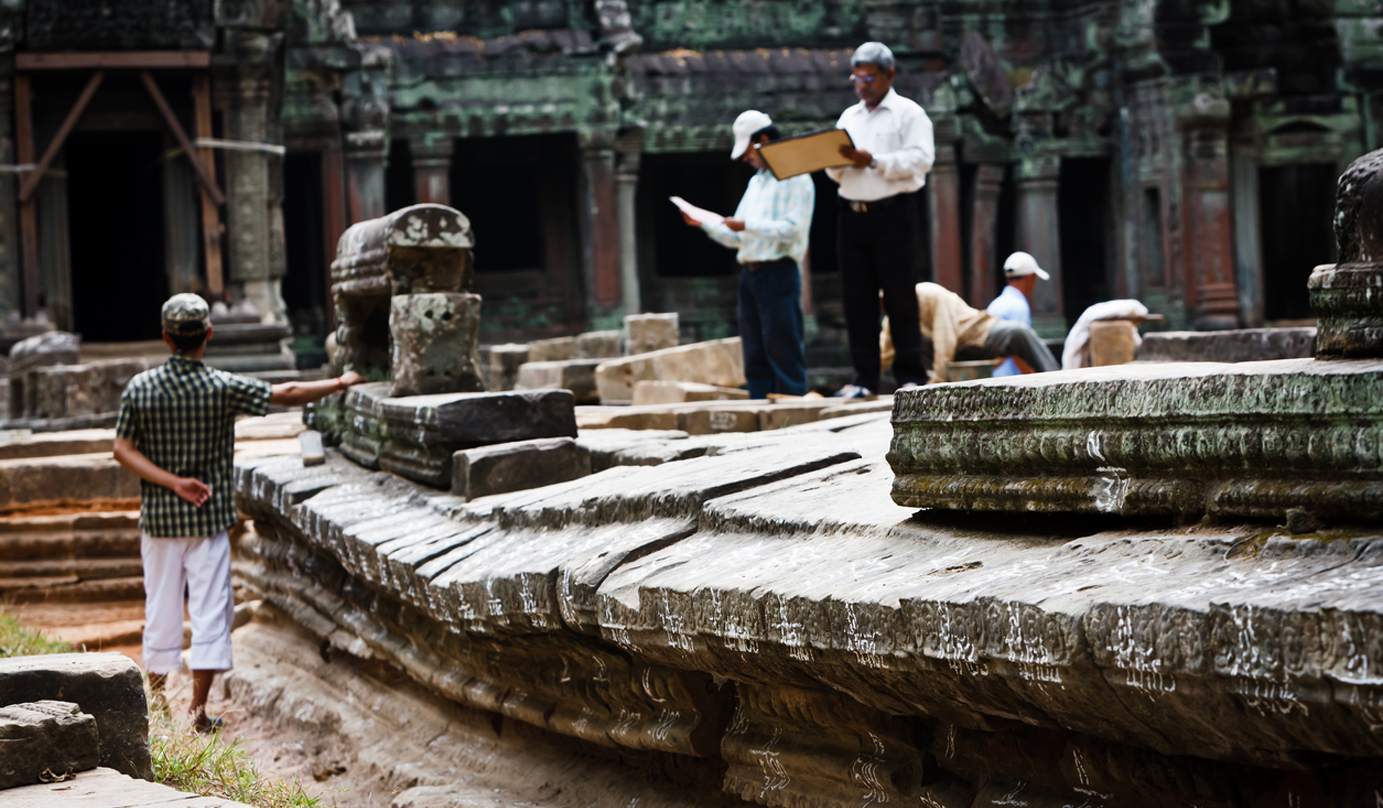
Meteorologists study the movements of the skies to unlock the mysteries of our near future. Meanwhile, anthropologists study the movements of bygone eras to unlock the mysteries of our distant past. Did the Egyptian pyramids influence those of Mesoamerica? Was it the other way around? Or are the similarities a total coincidence?

The development of stone tools before the Neolithic age paved the way for humans to build permanent buildings. Some of this architecture has weathered the ravages of time and nature and can still be studied first-hand today! You can find many of these earliest surviving buildings in Turkey. The oldest settlement is from 9000 B.C. and its Turkish name means "Potbelly Hill" in English. Some scholars believe it is the world's oldest temple. Coincidentally, Şanlıurfa, formerly known as Urfa, the nearest modern city to this site, is known as the "City of Prophets." The city of Şanlıurfa got this nickname because of its diverse religious history.

Many religions place importance on relics, which are the remains of important people or objects. These are often housed in small reliquaries, like boxes or chests. Sometimes, reliquaries can be an entire building! In India, eight dome-shaped stupas were built to house the remains of the Buddha. Later, the conqueror Ashoka spread these relics further across India. He built over 80,000 stupas to serve this purpose. As Buddhism spread across Asia, other countries developed reliquaries. Although they were inspired by stupas, these pagodas look more like leveled towers.

In Egypt, the oldest of the pyramids was built in 2630 B.C. However, the Great Pyramid of Giza is the most famous of the Egyptian pyramids. It is part of a cluster of astonishing monuments, including the Great Sphinx. The earliest pyramids had flatter tops and are known as step-pyramids. Later pyramids became smoother and more triangular, like the ones in Giza. Out of the Seven Wonders of the Ancient World, it's the only one that still stands today. We still don't know exactly how the ancient Egyptians built these amazing structures.

An ocean away, the people of Mesoamerica were building pyramids of their own. These are stepped and have flatter tops, similar to Egypt's early pyramids. However, the stone has been carved with greater intricacy. The construction methods and structure may have been different. However, the overarching purpose of the pyramids in both civilizations was similar. In both cases, they were used to bury rulers or to bring the people closer to the gods.

Most of the monuments we've seen so far are famous for their religious significance. However, some of the most enduring architectural achievements had practical purposes. Aqueducts are often associated with the Roman civilization. Yet their origins lie elsewhere and further back in time. The Minoan people who lived in modern-day Crete may have been the first to develop a system to transport water. In Persia, aqueducts were underground, unlike the famous Roman ones. Aqueducts in Peru and Chile are known as puquios. They're underground, like the ones in Persia.

After the Roman empire collapsed, much of the engineering skills were forgotten. In addition, much of Europe was constantly at war. This led to simplifications in architectural design. Most of the surviving buildings were built for defensive reasons. Stone was still a common material for building, however. The decorative temples of the ancient Greeks and Romans were replaced by fortified monasteries and castles.

The achievements of our ancient ancestors make for mysterious marvels. But we can learn a lot from what we've created in more recent time periods. Gothic architecture is a testament to humanity's development. This style of building evolved during the Renaissance period. You can easily identify Gothic buildings by their pointed arches and stained glass windows. In addition to the flying buttress, these engineering feats helped people build taller buildings with large interior spaces. They also helped give each building a distinctive motif to connect its appearance to its purpose.

Much of the architecture of the past is full of mystery. Sometimes we don't know when something was made. Sometimes we don't know how it was made. But architecture can also reveal valuable lessons about our commonality.